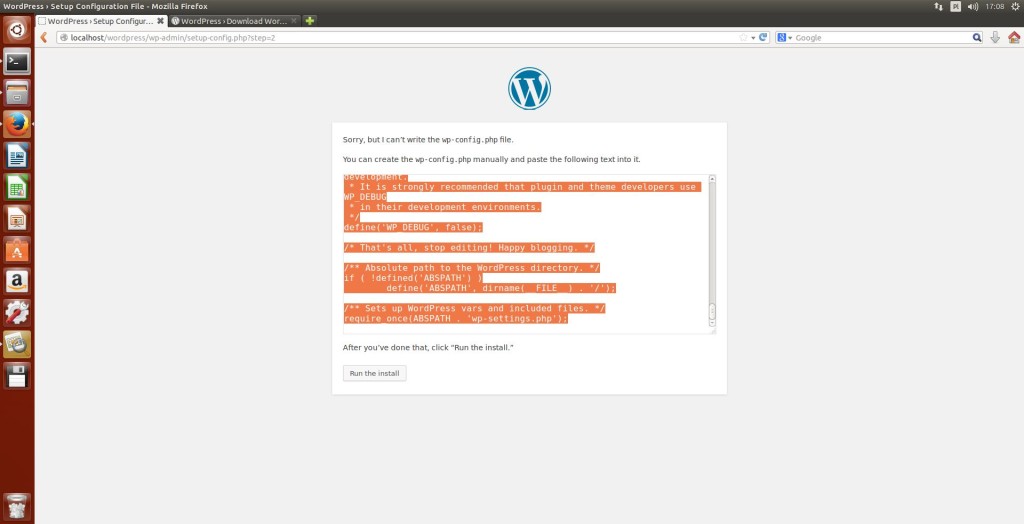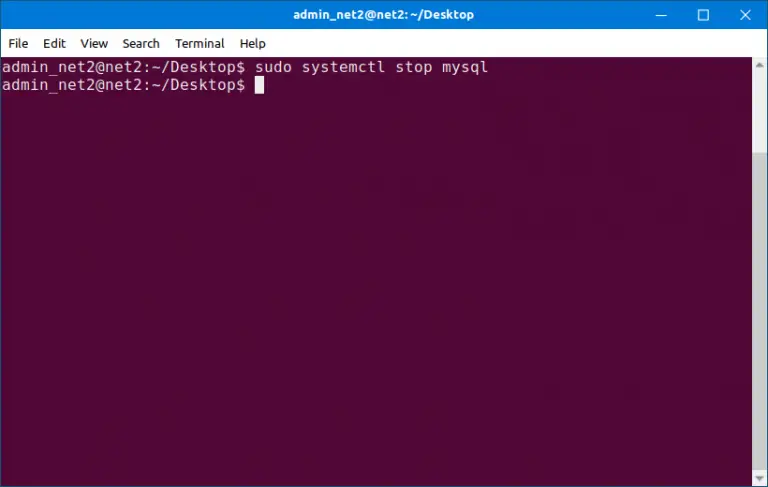

- #Digitalocean install mysql ubuntu 14.04 how to#
- #Digitalocean install mysql ubuntu 14.04 software#
- #Digitalocean install mysql ubuntu 14.04 password#
- #Digitalocean install mysql ubuntu 14.04 free#

You will see the default Ubuntu 14.04 Apache web page, which is there for informational and testing purposes. You can do a spot check right away to verify that everything went as planned by visiting your server's public IP address in your web browser (see the note under the next heading to find out what your public IP address is if you do not have this information already):
#Digitalocean install mysql ubuntu 14.04 password#
It will ask you for your regular user's password to verify your intentions.Īfterwards, your web server is installed. Since we are using a sudo command, these operations get executed with root privileges.
#Digitalocean install mysql ubuntu 14.04 how to#
You can learn more about how to use apt here.įor our purposes, we can get started by typing these commands: sudo apt-get update
#Digitalocean install mysql ubuntu 14.04 software#
A package manager allows us to install most software pain-free from a repository maintained by Ubuntu. We can install Apache easily using Ubuntu's package manager, apt. The Apache web server is currently the most popular web server in the world, which makes it a great default choice for hosting a website. You can learn how to do this by completing steps 1-4 in the initial server setup for Ubuntu 14.04. Check out this tutorial to learn more about Droplet User Data.īefore you begin with this guide, you should have a separate, non-root user account set up on your server. Note: The LAMP stack can be installed automatically on your Droplet by adding this script to its User Data when launching it. Ubuntu will fulfill our first requirement: a Linux operating system. In this guide, we'll get a LAMP stack installed on an Ubuntu 14.04 Droplet. The site data is stored in a MySQL database, and dynamic content is processed by PHP. This term is actually an acronym which represents the Linux operating system, with the Apache web server. Lastly, there’s always our chat option if you need fast assistance on smaller issues.A "LAMP" stack is a group of open source software that is typically installed together to enable a server to host dynamic websites and web apps. You can also open a ticket with us using the or, open a ticket from your Manage interface.
#Digitalocean install mysql ubuntu 14.04 free#
You can reach us on our toll free number at 1-80, or use our International number at 51. Should you need any assistance setting up, modifying or utilizing your database, don’t hesitate to contact Liquidweb support for more answers! We will be able to provide detailed info regarding MySQL to ensure you have the latest and most accurate answers possible. Type 'c' to clear the current input statement.Įxit the command line with the following command:Ĭhoosing the right database can be daunting at times and that’s where we can step in to assist. Other names may be trademarks of their respective Oracle is a registered trademark of Oracle Corporation and/or itsĪffiliates. You’ll be asked for the root password for the MySQL server, which was set earlier in this tutorial:Īnd then you should be greeted with the following: You can check the version of the MySQL installation with the following command: Reload privilege tables now? Y Step 4: Verify MySQL Installation Remove test database and access to it, Y: Step 4: Verify MySQL InstallationDisallow root logins remotely, Y: Then, assuming you set a strong root password, go ahead and enter n at the following prompt: Enter the root MySQL password set during installation:Įnter current password for root (enter for none): You’ll be prompted to enter your current password. Next, we’ll instruct MySQL to create its database directory structure:Īnd now let’s secure MySQL by removing the test databases and anonymous user created by default: That’s it! Your basic MySQL installation is now complete! Repeat password for the MySQL “root” user: Then you’ll be asked to verify the root MySQL password:

This is an administrative account in MySQL with elevated privileges enter a strong password. You may receive the following prompt or something similar:Īfter this operation, 98.2 MB of additional disk space will be used. Installing MySQL is as simple as running just one command: I’ll be working from a Liquid Web Self Managed Ubuntu 14.04 LTS server, and I’ll be logged in as root.įirst, you’ll follow a simple best practice: ensuring the list of available packages is up to date before installing anything new.These instructions are intended for installing MySQL on a single Ubuntu 14.04 LTS node.Let’s do a quick preflight check to ensure we have everything we need to get started:


 0 kommentar(er)
0 kommentar(er)
